In our new weekly series On the Grill, our Sunday Dinners columnist Tom Hirschfeld shows us how to grill everything from steaks to salads with confidence (and style).
Today: Rarely treated with the finesse they deserve, Tom talks turning up the heat on chicken breasts.
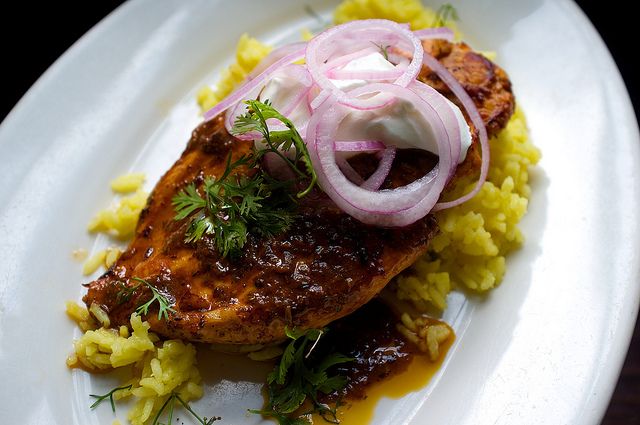
Grilling boneless skinless chicken breast presents a set of problems. I'm a firm believer that leaving the skin on and the bones in your chicken goes a long way to alleviating tough, dried out breast. But it's an unpopular decision, because of the convenience and the ease with which we can gobble up the boneless skinless kind.
There are ways, however, to defend yourself against dry chicken.
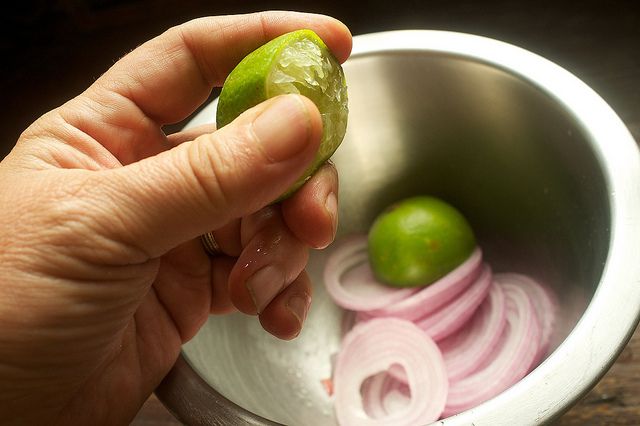
Bigger is not better when it comes to grilling a chicken breast.
They don’t grow them like they used to. Today’s standard meat bird is a hybrid designed to grow big breasts and nice thighs.
More: See a step-by-step video on breaking down a whole chicken.
The birds of yesteryear, however, were all about the thighs, and the breast was almost non-existent. These days it's not unusual to find a double lobe breast that weighs in around two pounds -- or bigger. Chicken breast can be the size of a turkey breast if you want it to be.
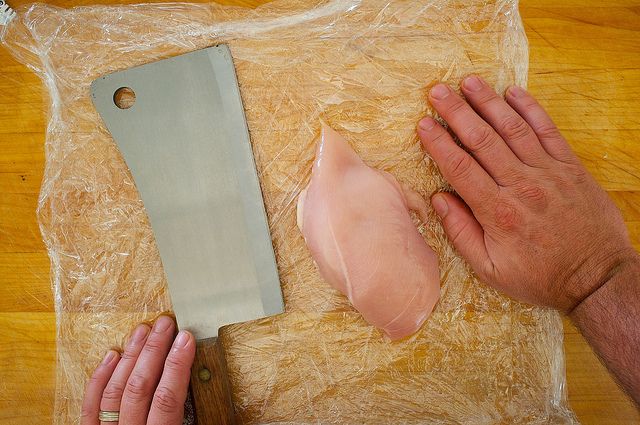
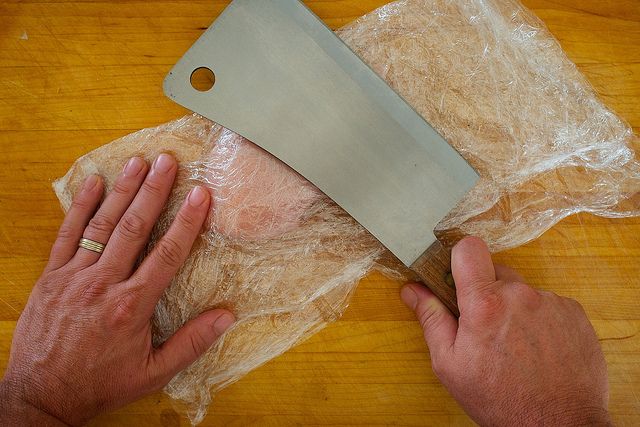
But you can get chicken breasts in any size you want. Restaurants, for example, will often serve two 4- to 6-ounce breasts as a single serving because seeing two on the plate makes you feel as if you've gotten your money's worth. Your butcher should be able to order these small breasts for you. I prefer a single 6-ounce breast per person because it seems like an appropriate portion size -- especially if, like me, you like to serve lots of side dishes.
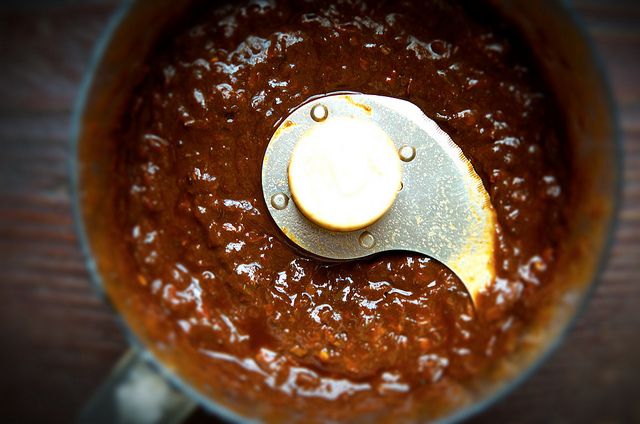
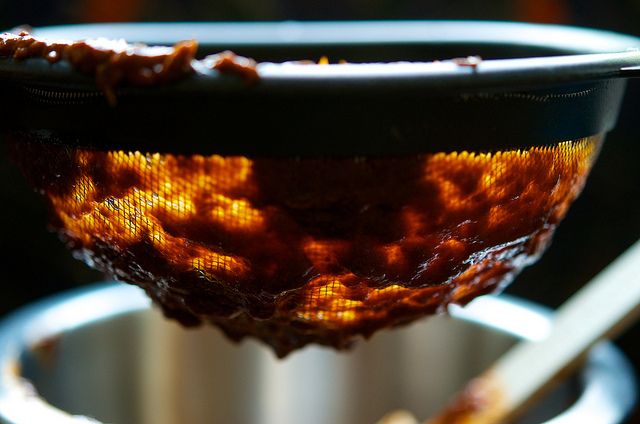
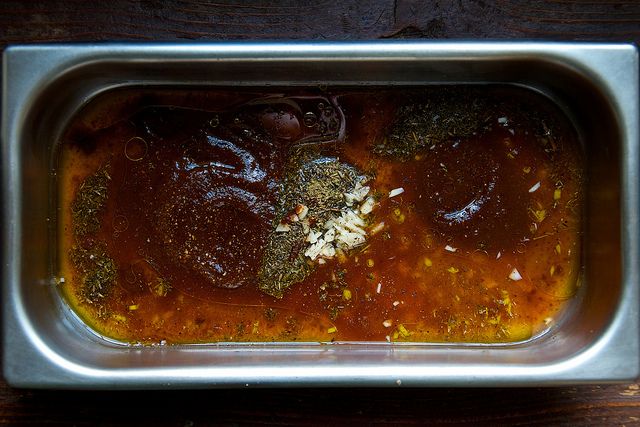
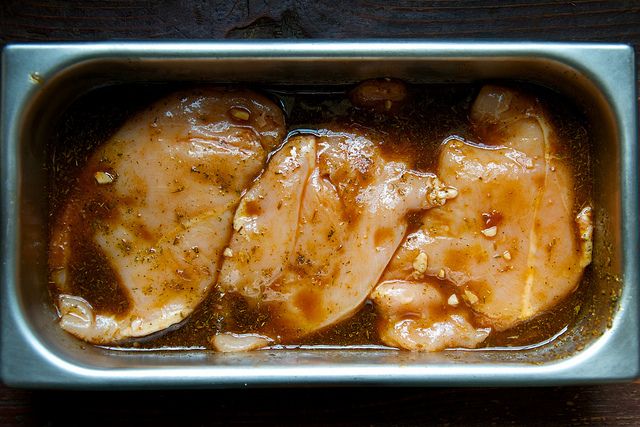
Shape matters as much as the temperature of the grill.
A chicken breast tapers at each end, more so at the tail end than the neck end, which means the tips are either cooked perfectly while the middle is rare to raw, or the tips are burnt to a crisp and the middle is perfectly cooked. It is a lose-lose scenario.
I always buy the breast still connected in double lobes.
It assures pairs of evenly sized paillards, but I always cut them before pounding them out. It is important to note that sometimes in the middle of a double lobe is a piece of cartilage that needs to be removed. Cut along each side of the center line of fat to get it out.
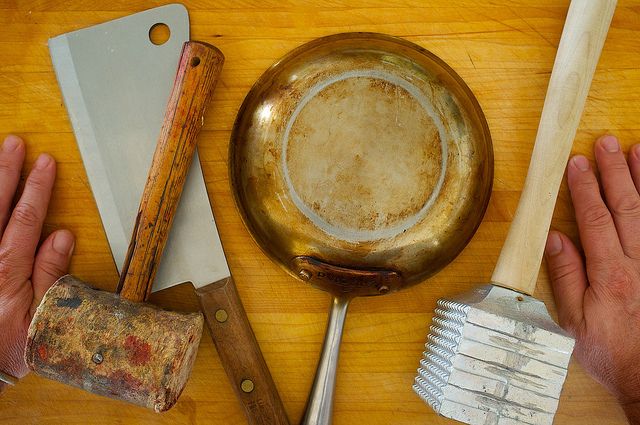
Choose your instruments of destruction.
I have four pictured in the photo above; any will work fine. I prefer the flat side of a meat cleaver because it's heavy and gets the job done. If you use a mallet, you will have to start in the middle and work your way to the edges in order to end up with an evenly pounded chicken breast. The pan is a last resort, but it is by no means a slacker.
For sanitation and clean-up purposes I like to use multi-layers of plastic wrap. I place a breast to one side then fold the wrap over the top before I get out my daily aggression.
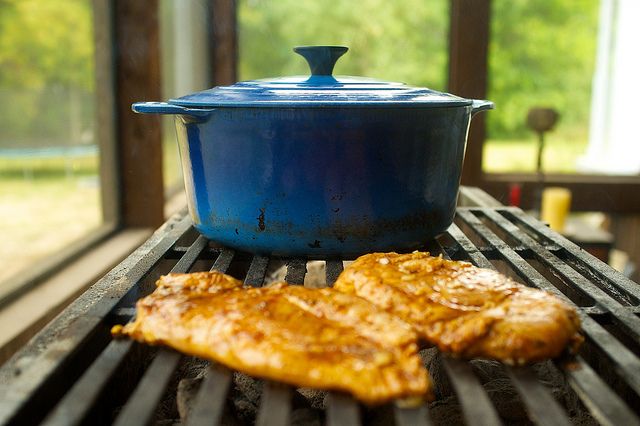
Keep it hot, but not too hot.
I like the grate to be hot but to use coals that are on their way down from their highest heat. You want grill marks that caramelize without blackening. Chicken flesh becomes stringy and chewy if it is left to dry out on the grill, so use your common sense: preheat your oven if you think you might want to finish cooking the chicken at a low temperature.
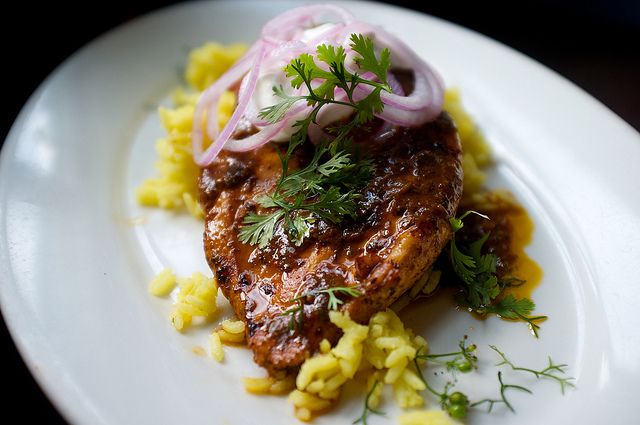
Cuban-Style Grilled Chicken in Adobo
Serves 4
The Adobo Marinade:
3 ancho chiles
3 guajillo chiles
1/2 cup reserved soaking water
Juice of one lime
Juice of one orange
1/4 cup red wine vinegar
1/4 cup olive oil
3 garlic cloves, minced
1 tablespoon oregano
2 teaspoons thyme
2 teaspoons cumin seed, ground
Kosher salt and freshly ground pepper
To finish the dish:
4 single lobe chicken breasts
1 red onion, thinly sliced
1 lime
Sour cream
Cilantro
See the full recipe (and save and print it) here.
Photos by Tom Hirschfeld













See what other Food52 readers are saying.